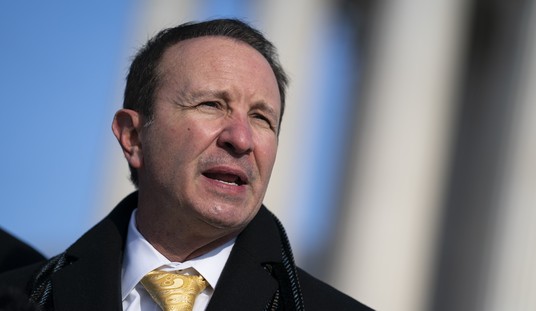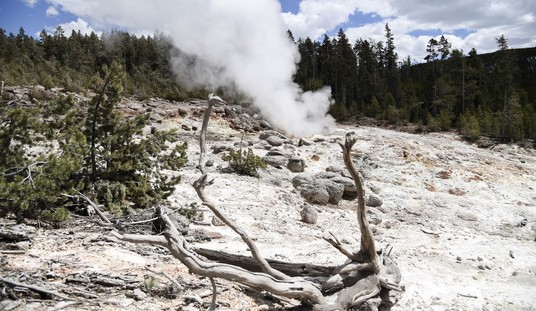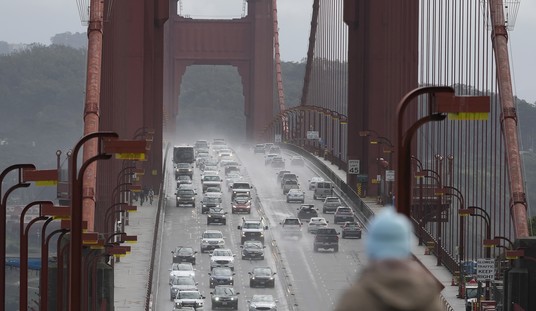On May 2, 2012, just over two years after the catastrophic explosion on the Deepwater Horizon drilling rig, BP drilling engineer Kurt Mix was indicted on felony charges. Mix’s deletion of of text messages and voicemails from his cell phone, according to federal prosecutors, amounted to an obstruction of justice in the investigation of the BP spill.
But to Mix’s attorney Joan McPhee and Forbes contributor Walter Pavlo, the Mix prosecutors are “Prosecutors Gone Wild“, overcome by their zeal to convict someone, anyone, as a scapegoat in the record-setting environmental disaster.
Prosecutors felt that Mix had deleted information that was critical to calculating the flow of oil into the Gulf, something that would later be used to determine BP’s spill liability. A superseding indictment charged that Mix had also deleted three voicemails on the same phone to the CONTRACTOR. …
Note that Mix is not accused of covering up evidence of his, or even his employer’s, culpability in the blowout. Mix was not the engineer in charge of the well at the time of the accident. Mix was brought in to help with the “kill procedure”, the effort to halt the well’s uncontrolled flow. The information prosecutors accuse him of deleting bears only on the size of the fine the Feds can slap on BP.* It was never needed to find out why the well failed, or how to save lives in the future.
McPhee sought to have one of the counts against Mix thrown out last November when it was discovered that the text messages in question contained innocuous messages about things such as lunch plans and yoga lessons … not oil spill calculations. During that hearing, U.S. District Judge Stanwood R. Duval, Jr. noted that the messages did not represent, “an overwhelmingly strong indictment.” Prosecutors said that the messages, particularly those related to lunch plans, could be ‘nuances’ about something more sinister. Nevertheless, a ruling was made to allow the count to stand pending receipt of further information.
It was 16 months after the indictment, April 2013, when prosecutors were forced to disclose that the contractor who participated in the deleted exchanges gave the FBI a statement that it engaged in no technical discussions with Mix, or had any dialogue with him concerning the well’s flow rates. Furthermore, the prosecution plans to call neither the contractor nor Mix’s BP supervisor (the other subject of deleted communications) in his December trial.
The Grand Jury’s indictment depended on FBI testimony that a) Mix received several “legal hold notices” not to destroy communications and b) that Mix subsequently deleted the text message threads and voicemails.
But the Grand Jury was never told that the “legal hold notices” were statements of BP document retention policy, not federal law. The Grand Jury was not told the content of those deleted communications, even though they requested the information. Prosecutorial bluster seems to have won the day.
In order to strengthen their case against Mix, prosecutors further accused Mix of misleading former Secretary of Energy Steven Chu in a technical slideshow. It was presented in a meeting without Mix in attendance and without his knowledge. The only reference to Mix in the entire presentation are some engineering calculations attributed to him — with his first name misspelled.
It sounds as though the government’s case against engineer Kurt Mix is exceedingly flimsy. If convicted, he is facing not just professional and financial ruin but potentially many years in prison. Any technical person who works in oil and gas, or for that matter in coal, nuclear power, chemicals, pipelines, or any other industry with similar accident potential, needs to ponder the implications of their involvement, and what might be their response in an accident. As Mix’s attorney Joan McPhee stated in her response to the government’s allegations:
“If these sorts of prosecutorial tactics were given any credence, when the next environmental disaster strikes, individuals with the knowledge and skill to respond to the disaster would be better off just leaving the building, lest they later be baselessly accused of fraud.”
This echoes what I wrote while the Macondo spill was ongoing — at the time, Interior Secretary Ken Salazar and his offshore safety chief (and ex-prosecutor) Michael Bromwich seemed more focused on assigning blame than in stopping the well’s flow (remember “cozy relationship“?). Through fear and accusation they alienated some of the only technical professionals within government and industry who could help solve the disaster.
Let’s face it: Government has become so big and so powerful that it can crush any one of us like a grape if it chooses. And it seems more inclined to do so with each passing day.
* Under the Clean Water Act, BP’s fine can range from $1,100 per barrel spilled up to $4,300 per barrel, if it is determined that gross negligence led to the spill. The government estimates 4.9 million barrels spilled, vs. BP’s estimate of 3.26 million barrels. BP’s total exposure to this fine alone is almost $18 billion (they won’t pay for some 800 thousand barrels recovered). The difference in volume estimates could be worth $7.3 billion. (Source.)
Update 9/29:
Two more relevant points …
- One of our resident legal minds weighs in: “That ‘hold notice’ bit is especially damning, because it is relevant only to preserving evidence in a civil case, as in, BP and only BP would have the right to bring action against him, and only in a civil matter; they couldn’t bring charges against him for ignoring it.“
- This one requires some reading between the lines: As you may recall from the time of the disaster, flow rate estimates varied all over the place; most were between 5,000 and 50,000 barrels per day. There was no doubt a range of estimates within BP, plus there were experts involved from DoE and the national labs. It is significant that Mix is a drilling engineer. Normally, determination of flow rates is the responsibility of other disciplines (e.g., reservoir engineers) within an oil company. Because of his assigned task (killing the well) drilling engineer Kurt Mix would have been less interested in the “most likely” flow rate; rather, he would have focused on a “worst case” estimate. This was probably the highest internal estimate within BP, which explains why the Feds would be so interested in it.














Join the conversation as a VIP Member